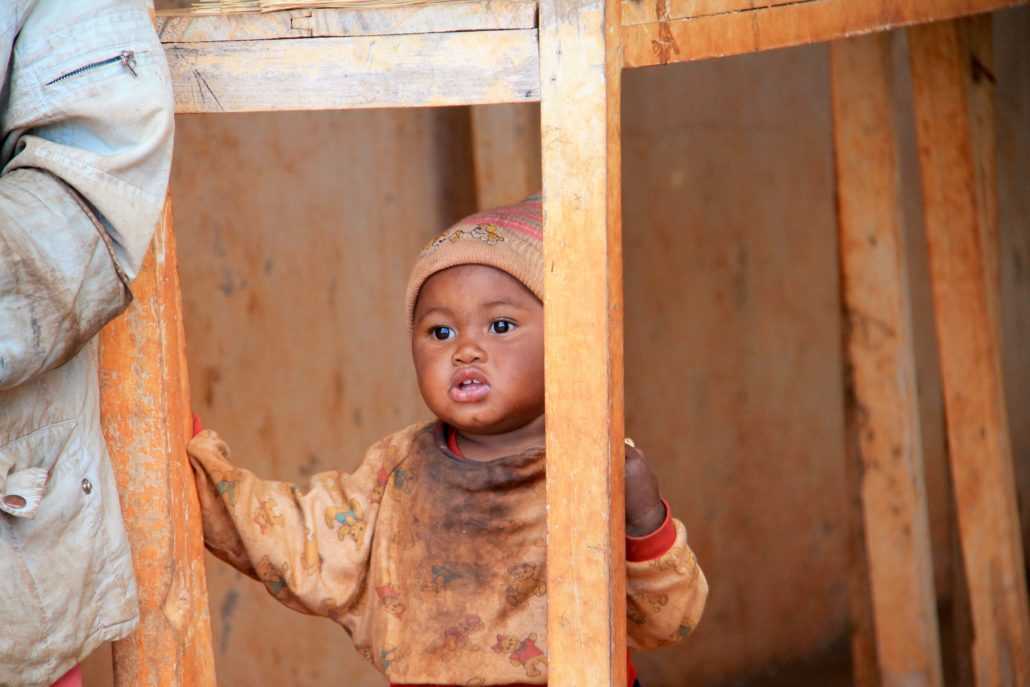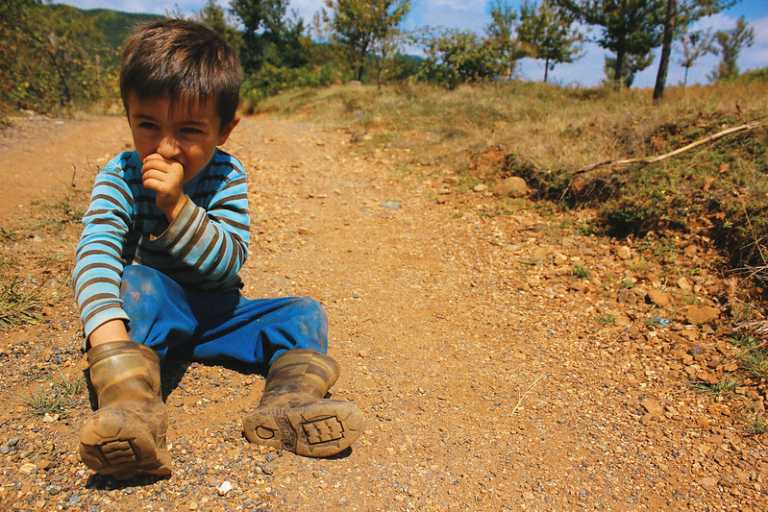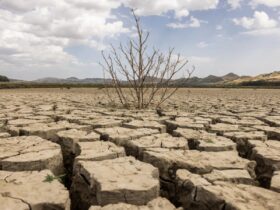Global warming leads to a worsening of child malnutrition and a reduction in the quality of the diet
An international study finds that global warming contributes to child malnutrition as much or even more than poverty, inadequate sanitation and poor education. The study, carried out in 19 countries, is the largest survey to date on the relationship between our climate and children’s food diversity.

Child malnutrition: a growing problem
Severe childhood malnutrition it is a significant global challenge. According to the United Nations, 144 million children under 5 fail to grow up due to poor nutrition. In 2019, 47 million children suffered from acute wasting or malnutrition, a condition caused by a limited intake of nutrients and infections. In fact, many poor nations have a very restricted and not very varied diet. They rely on a few foods, often low-cost cereals, which they fail to provide the right amount of proteins and other nutrients necessary for proper development. THE micronutrients, such as iron, folic acid, zinc and vitamins A and D, are essential for the development of the baby. The lack of micronutrients is the cause of malnutrition, which affects one in three children under the age of five. Climate change, rising temperatures and decreasing rainfall only worsen the situation.

Global warming: this is how the situation worsens
A new studio carried out on 107,000 children confirms that the global warming worsens the diet. Of the six regions surveyed – in Asia, Africa, and Central and South America – five had significant reductions in dietary diversity associated with higher temperatures. The researchers focused on the diversity of the food eaten. Using a metric developed by the United Nations, the researchers studied how the food diversity between the various regions. Diet diversity is measured by counting the food groups consumed over a given period of time. On average, children in one day poor regions they eat from 3.2 out of 10 food groups. In contrast, food diversity in emerging economies or the countries more rich, like China, it was more than double this average. Indeed these children under the age of 6 manage to eat food from 6.8 food groups.

The causes of the deterioration
The study was published in Environmental Research Letters. The researchers found that the rainfall elevate, another potential effect of climate change in some regions, were associated with greater dietary diversity of children. In some cases, therain effect had a greater impact with respect to education, improved sanitation or increased forest cover. This has proved true, however, when the rains are intense but regular. Intense rainfall alternating with periods of drought did not lead to a significant improvement in the diet. The results of this research should push governments to put on the agenda not only the fight against global warming, but also to plan a food agenda that takes these changes into account.
Follow us in our section sciences for other news!















